
Logo design tenets



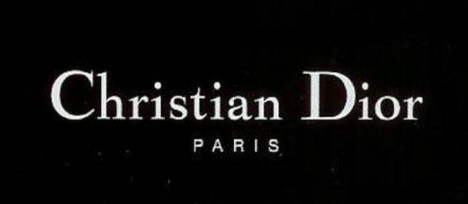


Registration should just be for OMC even if use is OMC FARM FRESH DAIRY –
FRESH should be drop from RHODY FRESH and DAIRY FARMERERS OF WASHINGTON should be omitted – registration should just be for PRIDE. In later blog, Brand Conscious will discuss whether the logo should be registered as well.

Brand Conscious noticed that Mr Lagerfeld uses the names separately – KARL and LAGERFELD for his different product lines.
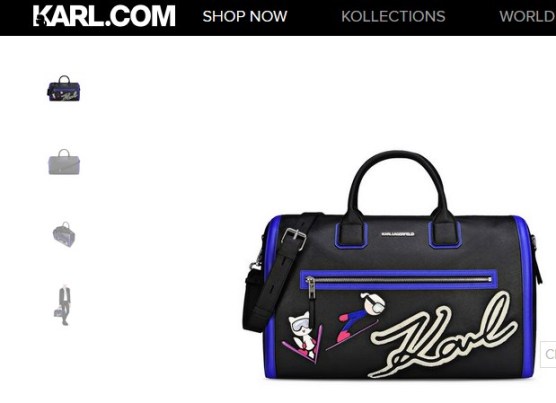
There are product lines that use only KARL. The last name LAGERFELD seems to be made to play second fiddle. The ABOUT PAGE says that LAGERFELD is for a line of casual but refined urban menswear – and premium fragrances, while KARL is the name for the women’s flagship store under KARL.com.
There is no or very little precedence for this approach in branding and it may not be wise when the value is still in the name KARL LAGERFELD combined.
Of the luxury brands that Brand Conscious is aware of, these are either two names or just the last name of the designer – seldom the first name because these are common in most cases. Last names such as DUNHILL, DIOR, LANVIN and HERMES adopted for obvious reason that they are unique compared to the first names of their respective founders – Alfred, Christian, Jeanne and Thierry. Use of last names evokes an air of heritage.
The concern with the KARL LAGERFELD strategy in not preserving the brand integrity rule is discussed here.
Brand Conscious blogged here about KARL LAGERFELD’s formidable trademark protection arsenal – having registered KARL LAGERFELD and then individual TM registrations for KARL and LAGERFELD. He took the same approach with domain names – controlling KARL.COM and LAGERFELD.COM.
This is the ideal strategy for two name trade marks – that is on the brand protection front. Brand protection against copycats is different from branding strategy which is about putting out there an enduring brand associated with certain expectations that the badge has come to be associated with.
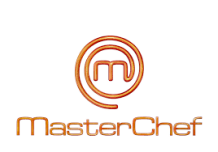
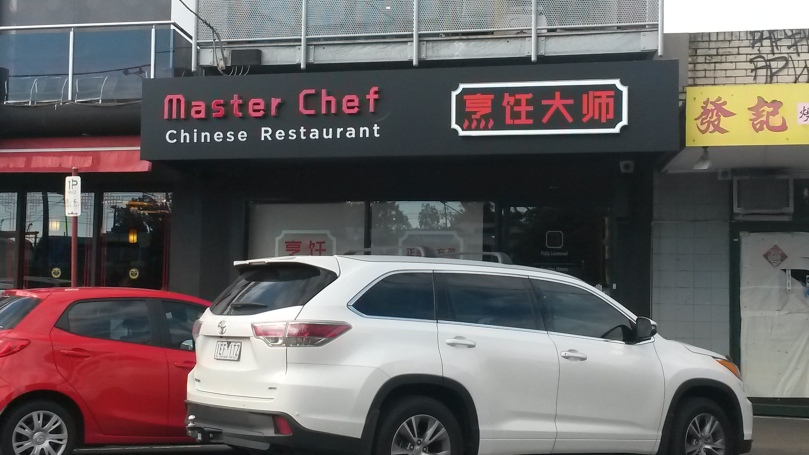
In order for the producers of MasterChef to have legal ground to demand this business to stop using the name, they will need to register the MasterChef mark specifying restaurant services in class 43, in addition to class 41 relating to TV content production. For an explanation of classification of goods and services, please read TM Law Basics page.
But wait, wouldn’t the tort of passing off help get a court order to stop this business from riding on the TV show fame? The tort of Passing Off does not depend on trade mark registration – to establish passing off, necessary to show that the unwelcomed competiton brought about confusion or mistaken association with the earlier established business. The key here is confusion – no confusion, no case.

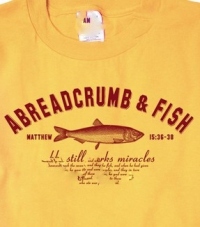
The same principle applies.
Brand Conscious blogged here about this rule – CHRISTIAN DIOR, CALVIN KLEIN and RALPH LAUREN are double names brand or trade mark; and they should register their respective individual names or the most prominent element.
KARL LAGERFELD’s approach is consistent with the above rule.
For his trade mark registrations, Mr Karl Lagerfeld’s company secured registration for KARL, LAGERFELD separately as well as the combined terms KARL LAGERFELD.
Source – http://www.asean-tmview.org/tmview/welcome
KARL LAGERFELD is his branding; next down the scale would be the more distinctive LAGEFELD followed by the more common place KARL. But kudos to him for securing exclusivity to KARL in the fashion space such as class 25 goods (apparels) and class 3 goods (perfume and toiletries)
The same goes for domain name registrations. Interestingly, KARL LAGEFELD secured domain name for KARL.COM. KARL is definitely easier to remember and spelt correctly than LAGERFELD. He also secured domain name for LAGERFELD.com which directs traffic to KARL.COM.
Looks like he got it all figured out on the brand protection front.
Two name trade marks face challenges in keeping the copycats at bay – CHRISTIAN DIOR, CALVIN KLEIN, BAUME & MERCIER, JACK DANIELS, LOUIS VUITTON, JIMMY CHOO, BOTTEGA VENETA, TOM FORD, KATE SPADE, DONNA KARAN, HUGO BOSS ….
Either of the two component is valuable turf in protecting against competitors from encroachment into their moat.
For some of these, it make sense to focus on one of the two – the most distinctive one from CHRISTIAN DIOR is DIOR. CALVIN KLEIN could not assert exclusivity to the KLEIN name because of another competitor ANNE KLEIN appeared to have develop her label independently.
It is important to consider registering each of the two names separately.
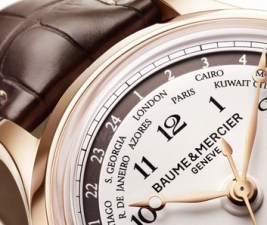 In Singapore, Richemont (who owns Baume & Mercier) was not able to stop a third party JEAN MERCIER from registration
In Singapore, Richemont (who owns Baume & Mercier) was not able to stop a third party JEAN MERCIER from registration
Richemont’s adversary Goldlion (applicant for JEAN MERCIER) argues that “There is no registration where the word “Mercier” is the sole feature in the mark.”
Baume & Mercier therefore could not block JEAN MERCIER from getting registered, so the Singapore High Court says.
Lesson learned – double names brand or trade mark should register the their respective individual names or the most prominent element. These are what trade mark lawyers call defensive registrations.
For an example that went with this approach – read this.

As a rule of thumb, brands should not have more than two words. In moving from KENTUCKY FRIED CHICKEN to KFC, the Colonel is observing this rule – http://chickenchattin.kfc.com/kfc-name-change-history/
A coffee chain in South East Asia, THE COFFEE BEAN AND TEA LEAF has six words in its name. It is long even for a slogan.
Although said to be established in 1963, it may still be oblivious to its naming problem. It is telling that its domain name is coffeebean.com and it simply has no idea what to call itself on the home page and at another branch in Jakarta Indonesia where it calls itself THE COFFEE BEAN.
It is in an unenviable position. CBTL is a mouthful. It might be ok as reference to the initials of partners of your regular go to law firm because most of us lay folks probably call on lawyers no more than three times a year unless you are Donald Trump. Try seeing, “I will see you at CBTL nine am sharp.. try not to get lost ok”
TCB as initials for THE COFFEE BEAN is not good because there is already another confused kid coffee joint in Singapore called TCC also with an identity crisis. They (TCC) sometimes think that they are THE COFFEE CONNECTION and sometimes THE CONNOISSEUR CONCERTO, the latter when they are feeling flash. It saves itself from THE COFFEE BEAN & TEA LEAF curse by moving to the TCC. Maybe KFC rebrand gave them the confidence. They too are observing the Rule of Under Two Words.
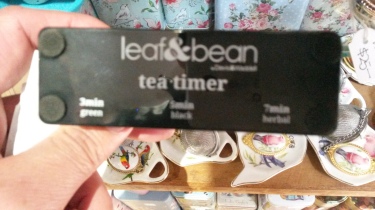
It seems to me that we are never short of negative demonstration with coffee beans.

REAL BEAN as presented on this poster would be thought as a trade mark or trade indicia. Or did the trader intended REAL BEAN as a selling point, that the beans are not fake – if so, not much flattery there. Real beans is a minimum in coffee crazy Melbourne unless your coffee is on tap from Star Trek’s replicator. I will take my chances with Unreal Bean as a brand name anytime.